While you may have maintained a traditional chlorine pool before, you must handle salt water pools slightly differently.
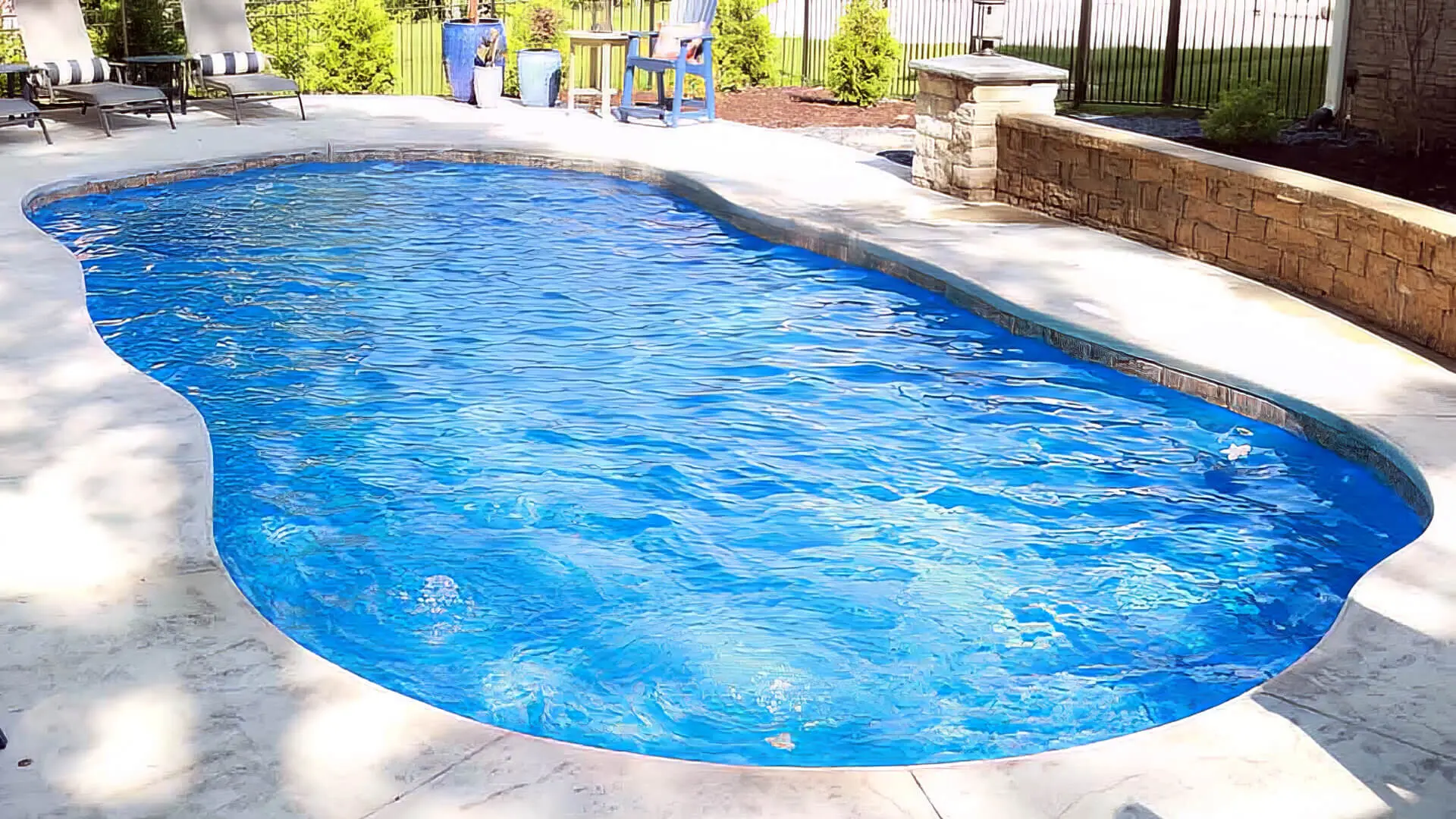
You should know that the water has to be circulated and balanced like a normal pool, but you must pay more attention to the scale build-up and pH levels. Also, getting a saltwater generator is essential when you opt for saltwater pools. This can turn the salt in the pool into chlorine and keep the chlorine levels in check.
We will take you through more maintenance tips in the following sections, so read on!
Your Guide To Salt Water Pool Maintenance
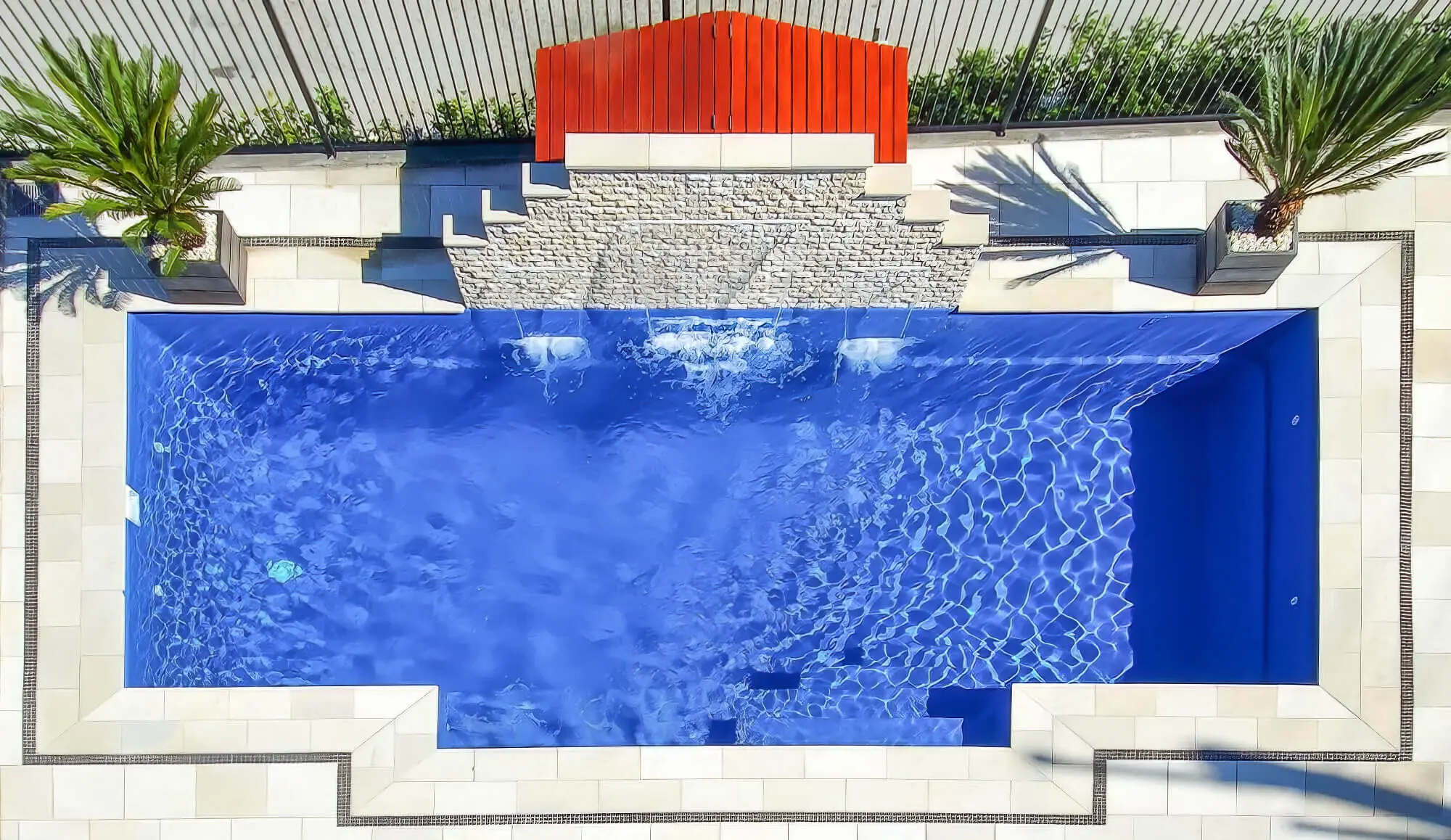
To maintain clean and healthy water, you must always keep the chlorine levels up for saltwater pools. To do this, you can drop in a chlorine tablet every week. You should also test the chlorine levels regularly to ensure they are where they need to be.
Aside from that, be careful about the chemicals that are used. Some pool chemicals can damage your pool’s salt cells and other parts. Hence, always read the chemical bottle labels to see if they are compatible with your pool and carefully follow the directions.
It would be best to backwash your pool regularly, at least once a week. This will help remove any dirt or debris that has built up in your pool. To keep your saltwater pool looking its best, vacuum it often for deep cleaning. In other words, it will eliminate the debris trapped in your pool’s pores.
Apart from these, you should:
1. Pour The Right Quantity Of Salt Into The Pool
One essential aspect of saltwater pool maintenance is ensuring you pour suitable salt into the pool. This salt water will not dissipate; chlorine will be produced using salt water and then recycled back. So, remember that salt will need to be added after a lot of rain or after adding fresh water.
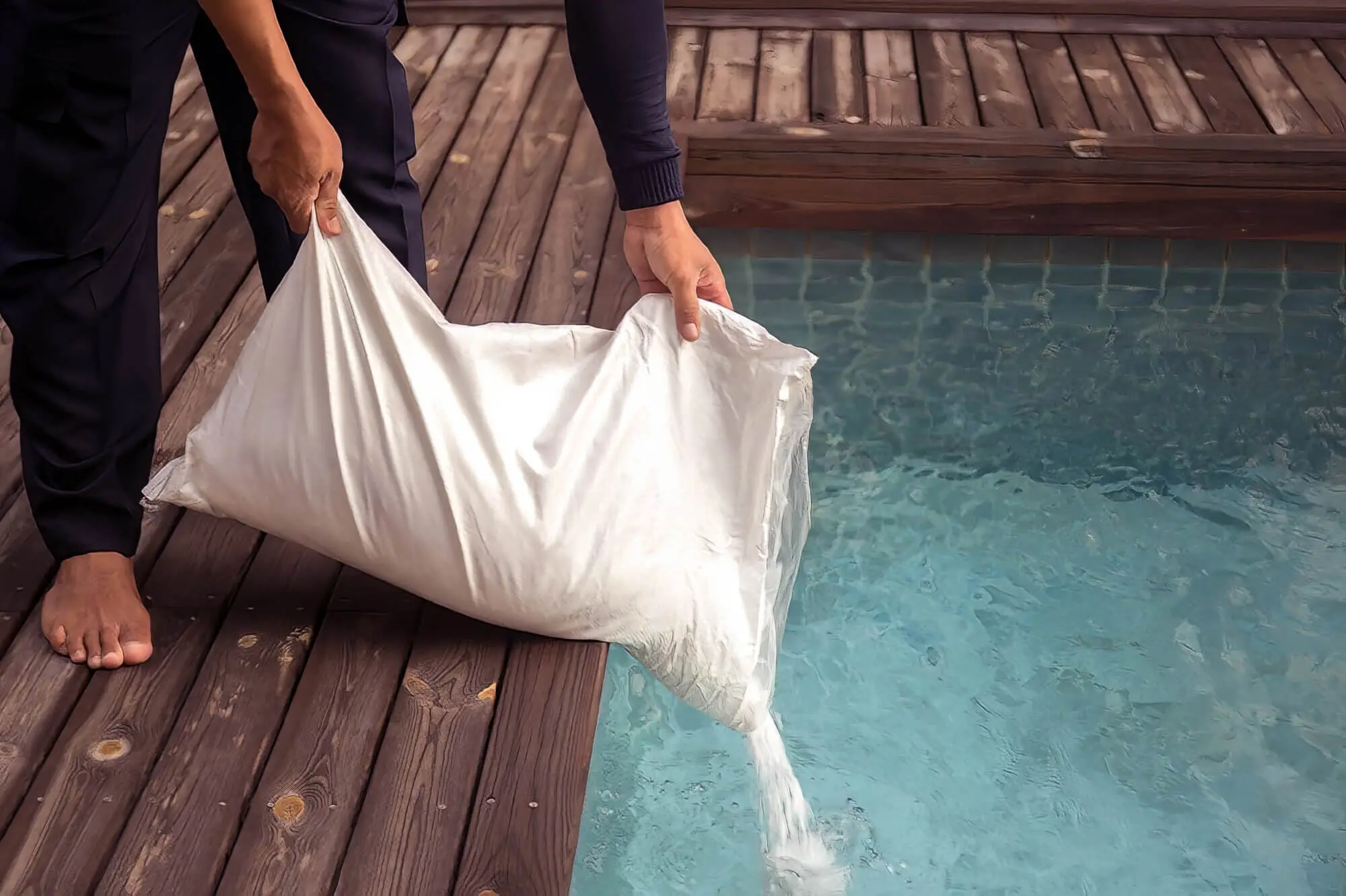
Additionally, it would be best to always use pool-grade salt, up to 99 per cent pure. Depending on your machine, you might need to turn off the chlorine generators while adding salt. Check the manual thoroughly to learn how to operate it.
The right amount of salt is also required to maintain adequate salinity levels in the pool, which usually ranges from 2,700 to 3,400 PPM. This will keep the pool water suitable for swimming.
You can use a digital salinity tester to measure the salt levels in the pool.
2. Maintaining The Right Water Circulation
Another critical aspect of saltwater pool maintenance is maintaining the proper water circulation using a pump and filter. We’d suggest running them for a minimum of eight hours every day.
Good circulation is necessary to distribute the salt and chlorine evenly throughout the pool and to help prevent the build-up of dirt and debris.
3. Test The Water Quality Regularly
Make it a point to regularly test the water quality in your saltwater pool to ensure that the chlorine levels are always correct. Testing the water will also allow you to catch any problems early and fix them before they cause severe damage.
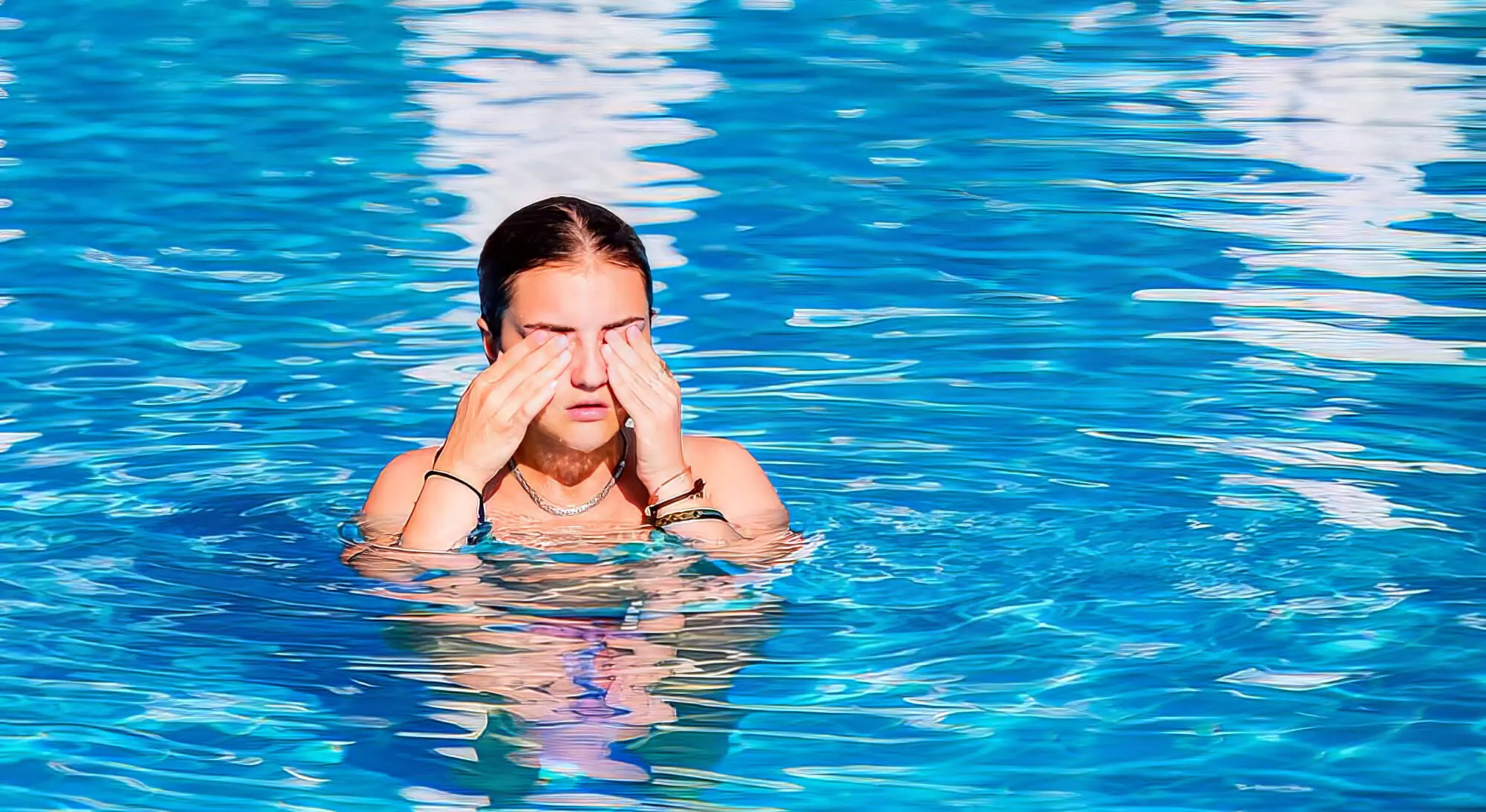
4. Prevent Calcium Buildup And Erosion
Calcium build-up and erosion can be severe problems for salt water pools. The former usually occurs around the pool due to the splashing of saline pool water, which can cause the soft stones and limestone to erode gradually due to all the salt.
One way to prevent this is to wash the pool’s surrounding area with a garden hose to eliminate excess salt concentration. If you notice white flakes in the pool water, these could be calcium carbonate. This reaction occurs when the pH level is high, and salt scale formation occurs.
Regularly clean and vacuum your pool to prevent calcium build-up and erosion.
5. Check The Salt Cell
The salt cell converts chlorine into salt but can become clogged and stop working correctly. In such cases, it must be cleaned by hand or with a hose.
Turn off the salt water generator and unscrew the cell. Then, look for flakey spots and remove them. The larger deposits may need to be removed by hand, or a muriatic acid solution may be used to clean the cell thoroughly.
Mix 1 part muriatic acid in 5 parts of water ratio and pour it on the required areas. Leave for 10 minutes to allow the solution to foam, and wash it with water.
6. Keep The pH Level Balanced
If the pH level of your pool becomes too high or too low, it can damage the surface of the pool and mess with the chlorine levels. Additionally, a pH imbalance can cause skin and eye irritation.
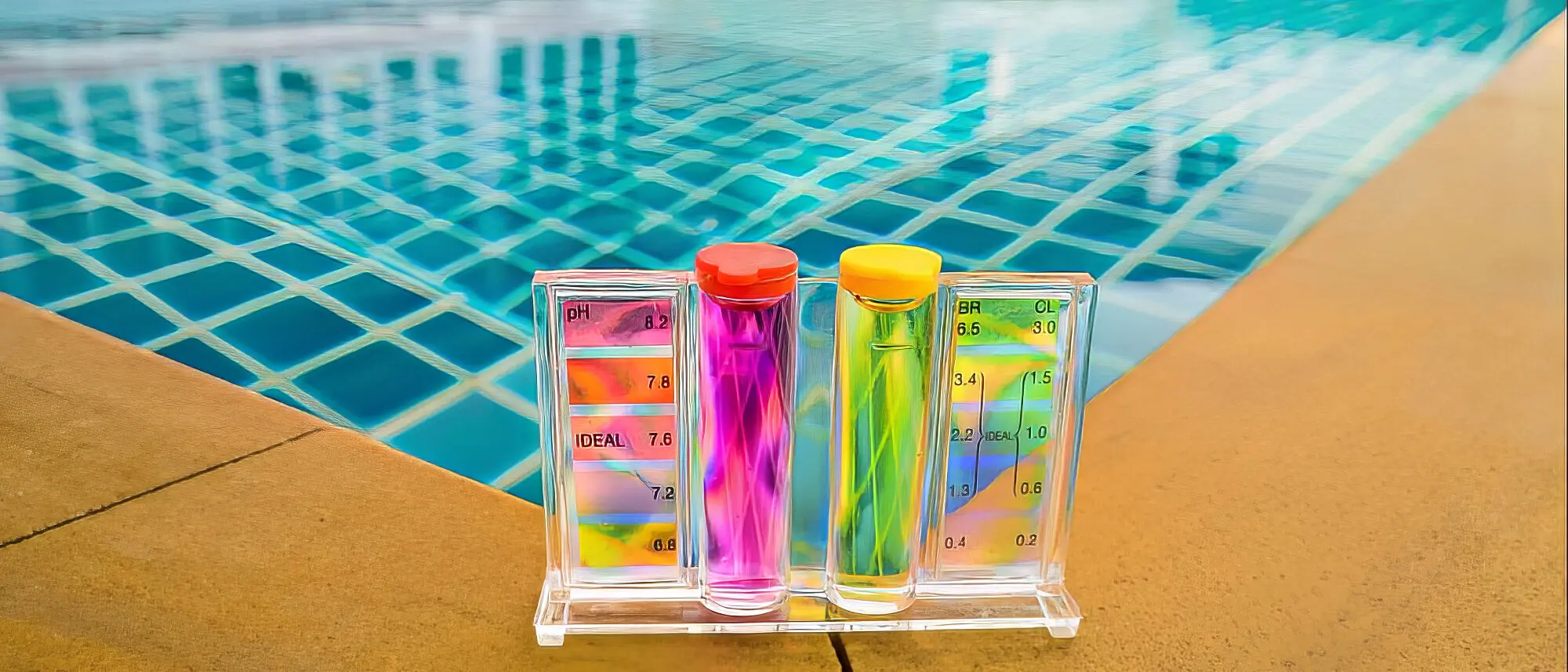
7. Shock The Pool Every Seven Days
By shocking the pool, we mean adding a large amount of chlorine to the water to kill any bacteria or algae that may be present. Doing this every seven days would be best to keep the water clean and healthy.
Also, skim your pool using a skimmer net and then use a pool brush to clean it every week.
8. Maintain The Cyanuric Acid (CYA) Level
CYA is a stabiliser that helps maintain the chlorine level in tstabiliserhe CYA level should ideally be between 30 and 50 PPM. However, some pool owners maintain a higher CYA level of 80 PPM to ensure proper chlorine levels, which can be difficult otherwise.
Taking Care Of Your Saltwater Pool
Before signing off, we have a few more tips for you.
Properly maintaining your pool equipment, such as the salt cell, is important for ensuring the water quality and longevity of your saltwater pool system.
In addition to monitoring the combined chlorine levels, it’s important to check the free chlorine levels in your pool. Free chlorine is the chlorine available that can effectively disinfect the water. The ideal alkalinity level is 100 to 150 PPM; the right total alkalinity level will prevent the pool’s pH level from fluctuating too much.
While the tips provided are specifically for saltwater pools, many principles apply to traditional chlorine-based pools, such as monitoring water chemistry and maintaining proper chemical balance.
Cyanuric acid stabilises the free chlorine in outdoor pools, helping to prevent it from being broken down by UV rays. Monitoring and maintaining cyanuric acid levels is crucial for adequate pool sanitation.
Determining the right amount of salt to add to a saltwater pool is essential to maintain the appropriate salinity level. Test strips or a digital salinity reader can help ensure the salt concentration is within the recommended range.
Lastly, the calcium hardness level of your pool should be from 200 to 400 ppm. The cell of the salt can be damaged at a higher level, or you might even see scale build-up. In this case, some water may need to be drained, and freshwater may need to be added to restore the calcium level.
If you need assistance maintaining your saltwater pool or want to build one, speak with our professional Sydney pool builders at The Pool Co.
Good luck!



